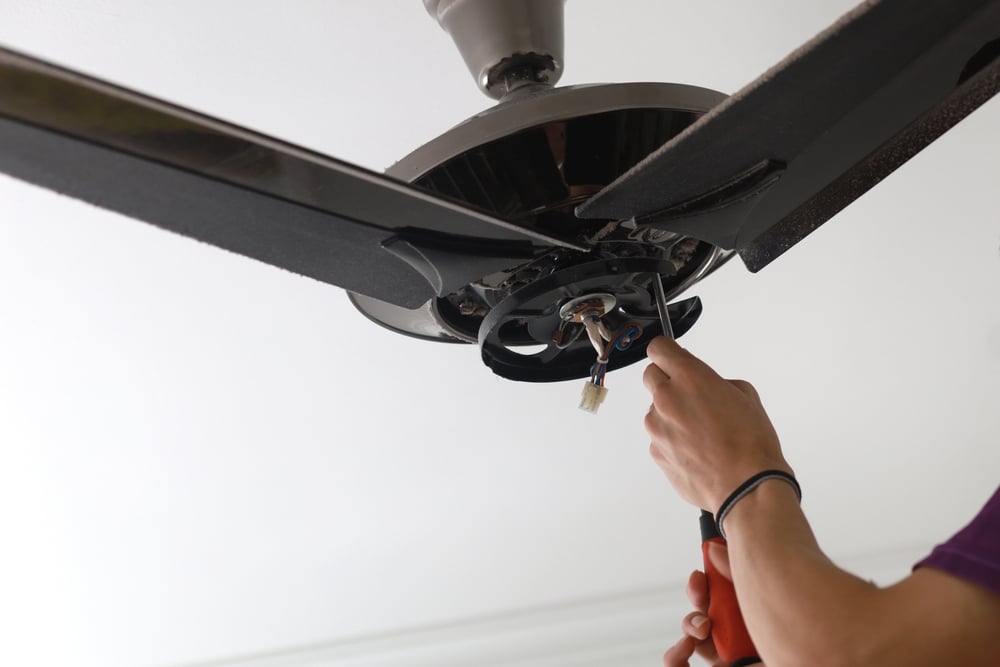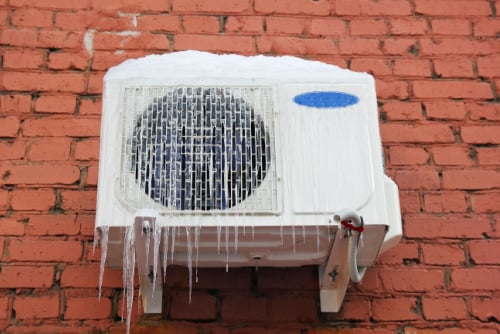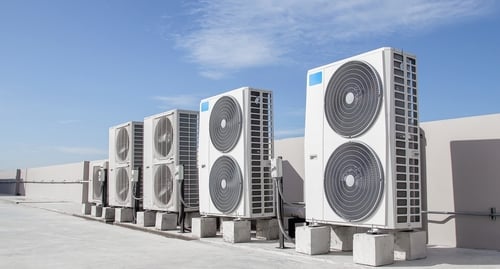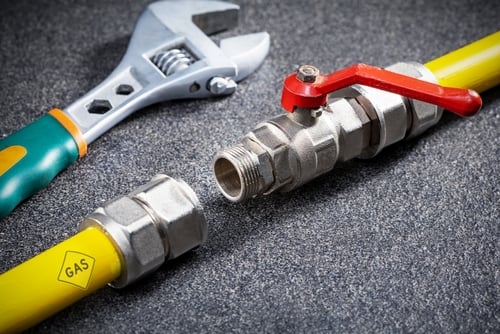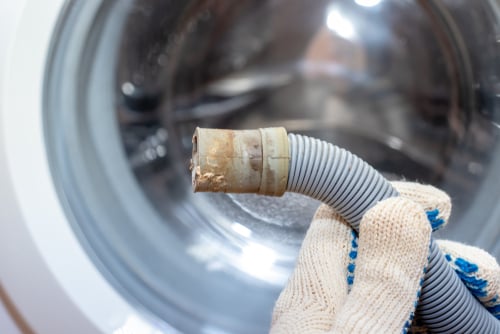A ceiling fan circulates air, helps keep you cool in the summer and warm in the winter, and creates a quiet, relaxing and peaceful atmosphere. Until the day the fan makes noise when rotating. That ceiling fan noise is trying to tell you there’s something wrong. Relax, it could be something as simple as dirty fan blades or a loose light fixture.
Go Down To the Breaker Box.
If cleaning the blades doesn’t do the trick, shut off the power to the room with the noisy ceiling fan. Put a drop cloth under the fan, set up a stepstool or stepladder, and get to the bottom of that ceiling fan making noise. Below we’ve matched the types of ceiling fan noise to some possible causes and solutions.
Clicking
You probably have at least one loose fan blade, or a loose light fixture. Tighten all the screws and see if that fixes the ceiling fan clicking.
Scraping or Rubbing
If this is the ceiling fan noise you’re hearing, you’ve got a friction issue. Look around the housing and the motor and see if you can find what’s rubbing against what. It should be an easy fix.
If not, the fan canopy may be loose. If you can wiggle it with your hand, find the fasteners that hold it in place and tighten them.
If the canopy is threaded on the inside with a ring connecting the ceiling to the fan, remove it by hand-twisting and gently pulling down.
Rattling
If your noisy ceiling fan sounds a little like a roulette wheel, a screw may be loose or missing, or the mounting bracket may not have been installed properly. You may have to re-install the fan.
- Find the screws or fasteners that attach the light kit to the fan housing.
- Remove the globe or covering, then put it back in place securely.
- Tighten everything back up and test the fan.
Grinding or Squeaking
If you hear this ceiling fan noise, a motor bearing needs to be oiled—especially if the fan has been around for a few decades.
- See if there’s a hole for oiling—newer models have sealed bearings and shouldn’t need to be oiled
- Insert the end of a pipe cleaner about a half-inch into the oil hole.
- If it comes out dry, oil the fan. Your owner’s manual should tell you how much and what type of oil to use. Do not try WD-40 or three-in-one oil.
Buzzing
Believe it or not, the sound that’s bugging you might be a bug trapped inside the globe. It’s worth taking a look. Then make sure you’re using light bulbs that are the proper wattage.
Once you eliminate those two possible culprits, you’re getting into possible electrical issues. There could be a wiring issue inside the fan, at the dimmer switch, or an overloaded circuit breaker.
Crackling or Sizzling
Your ceiling fan is trying to tell you something: Turn me off right now. Then call a professional, especially if you smell an odor like burned popcorn.
Humming
When’s the last time you got up there and looked at the other side of the fan blades? That’s what we thought. Grab a dust cloth and get to work. Once you’ve knocked off the dust, clean the blades and motor housing with warm, soapy water.
Still Have A Ceiling Fan Making Noise?
- Check to see if any or all of your fan blades are warped or damaged. You can try to bend the blades back into position, but if that doesn’t work it’s not hard to replace them.
- Next, make sure the screws connecting the blades to the brackets are tight. Check the screws where the brackets mount to the motor spindle. Dry things off and turn the fan on at high speed and see if you’ve gotten rid of the annoying ceiling fan noise.
- Then climb back up and check the mounting bracket. Remove the canopy, pull off the cover ring, then loosen the set screws on the side.
- The fan's mounting bracket is attached to an electrical box. Grab the bracket and wiggle it from side to side to make sure it’s stable. Read the label on the electrical box to see if it’s fan-rated. And look for the hexagonal heads of the lag bolts that attach the bracket housing to a wood or metal brace. Tighten the bracket if it wiggles.
- Measure the distance between each blade and the ceiling—it should be eight to 10 inches, and the blades should be within about a quarter-inch of each other. Then power back up and see if you’ve eliminated the ceiling fan noise.
Balance the blades.
If the noise won’t go away, it could be that one or more of the blades are out of balance. One at a time, tape a coin to the middle of each blade and test it by turning the fan up to high. You might notice that one of the blades is wobbling a bit less.
Reposition the coin along the length of that blade—you can use heavier coins, or stack a couple—until you find the sweet spot where the blade is back in balance. You could also buy a balancing kit and follow the same steps.
Now Let’s Keep the Noise Down.
No matter how often you use your ceiling fans it’s important to keep the blades clean. Try to stick to a cleaning schedule at least once a month. This will keep debris from accumulating and help prevent the fan blades getting out of balance, resulting in wobbly ceiling fans.
At Frontdoor, we know you love getting things done around the house. Staying in control of your to-do list is easier when you can keep the small things from turning into bigger—and more expensive—ones. We help you gain the confidence and satisfaction that come with staying on top of your home’s health.
Want to learn more about balancing a ceiling fan, or any other household tips? Download the app if you haven’t already, and video chat with a helpful, friendly Frontdoor Expert.
Was this article helpful?
